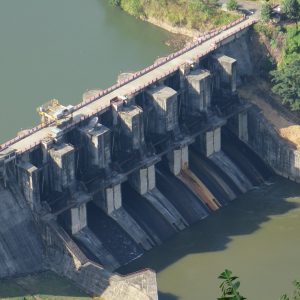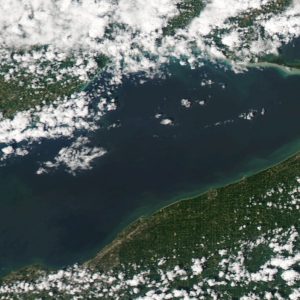The Stream, July 15: Countries Searching for Solutions to Unbalanced Water Systems
The Global Rundown
Countries around the world are turning away from hydropower in favor of less risky sources of sustainable energy. Both Bangladesh and China are looking to improve their agricultural processes while employing water more effectively. A new U.S. university study indicates re-flooding waterways left bare by dams may do more harm than good. Despite the much anticipated arrival of the annual monsoon, the main reservoir in India is still less than a third full. Additionally, the world’s sixth-largest consumer of corn recently announced it plans to import 500,000 tons of commodity.
“This is historic. India has not yet imported such a high volume. A big market is being opened to the world.” –Deepak Chavan, analyst with the commodities consultancy Farm Futures Pvt. The decision, an effort to drop local prices for the commodity, comes after two years of drought and reduced domestic corn production. (Wall Street Journal)
By The Numbers
1,064 gigawatts Amount of the world’s electrical generating capacity which comes from hydropower, equal to about one-fifth of the total. Despite this, countries are choosing to forgo hydropower in favor of less expensive, less risky sustainable energy sources. Large-scale hydropower projects can take more than ten years to build and can experience average cost overruns of 70 percent (as opposed to wind farm and solar plant overruns of 7.7 percent and 1.3 percent). The potential of negative ecological impact and pushback from indigenous communities is also deterring countries from investing in more hydropower projects. Circle of Blue
3,500 liters Water it takes to produce one kilogram of Boro rice in Bangladeshi paddys. This water-intensive crop, while one of the country’s most important, is straining the irrigation abilities of many farmers. However, researchers at the Bangladesh Agricultural University have come up with a new cultivation method that will only require half the water of traditional styles. Now, their biggest challenge will be re-educating the nation’s paddy farmers. The Third Pole
29 percent Capacity at which water levels sit this week in India’s main reservoir. Though the level is up 11 percent from last week, owing to the arrival of monsoon rains, it is still down six percent from this date last year. The 2016 monsoon also arrived a week later than usual. Reservoir water levels are critical for the coutry’s irrigation and hydropower generation. Reuters
380,000 Rural Chinese households in six provinces are expected to benefit from a new government, United Nations and World Bank supported climate-smart agricultural initiative. This $313 million project includes infrastructure investments and new technologies to improve irrigation and build capacity for water-user associations. It will also help introduce varieties of crops better suited to survival during droughts and floods. World Bank
Science, Studies, And Reports
Re-flooding riverbeds left bare by dams, while restorative to wetlands, releases greenhouse gases, indicates a new University of Florida study. Researchers discovered that the rapid and controlled release method of re-wetting dried riverbeds releases dissolved carbon, some of which may have been trapped for thousands of years. However, the team also learned that re-wetting these areas will likely also support the growth of native plants, which can offset the carbon dioxide and methane released by flooding. Futurity
On The Radar
The planet’s most overstressed source of groundwater is the Arabian Aquifer System—which supplies water to 60 million people in Saudi Arabia and Yemen—followed by the Indus Basin aquifer in northwest India and Pakistan and the Murzuk-Djado Basin in northern Africa. Drought, aging infrastructure and rising demand have all contributed to the increased pumping of global groundwater and the depletion of these sources. Adding to the problem, highly inefficient flood irrigation remains the principle irrigation method used around the planet. National Geographic
Circle of Blue contributor
Nick is interested in the social and political instability caused by growing global resource scarcity. He is also the director of communication at On the Ground, an international aid and development NGO that supports sustainable community development in farming regions.





